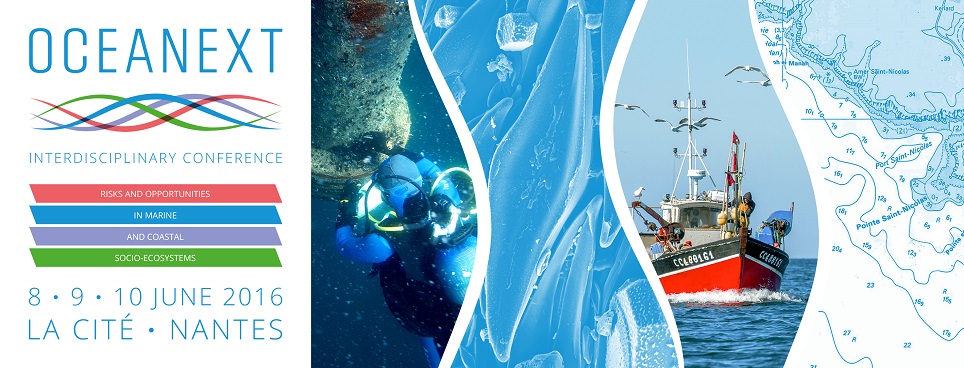Intertidal mudflats are important feeding areas for migrating and wintering shorebird species. The objective of the present work was to experimentally evaluate the effect of Dunlin droppings on the growth and biochemical composition of the microphytobenthic diatom, Entomoneis paludosa. Various culture media were used going from plain artificial seawater to F/2 culture media containing variable nitrate concentrations (0; 50 or 882 μM-NO3) to which bird dropping extract was added or not. The faeces extracts contained inorganic nitrogen (9.1 μM-NH4), inorganic phosphorus (8.2 μM-PO4), traces of silicate (0.2 μM-Si), organic nitrogen in the form of urea (16 μM-N) and other dissolved organic nitrogen (120 μMN). Faeces extract in artificial seawater was sufficient to sustain E. paludosa growth (up to 6.8 cell divisions in 9 days). A significant growth rate increase (+20%) and higher biomasses were observed when faeces extract was added to inorganic media enriched with 50 μM-NO3. Bird droppings had a significant effect in E. paludosa final biochemical composition with the addition of faeces extract to a culture medium containing 50 μM-NO3 increasing E. paludosa protein content and decreasing carbohydrate content. Pigment content per cell increased with the addition of bird dropping extract but ratios of light-harvesting and photo-protective pigments to chlorophyll a were unaffected. E. paludosa grown with faeces extract showed high cellular nitrogen and carbon contents, close to those obtained when cells were grown in F/2 medium. This study showed that shorebird droppings, through the addition of dissolved material, can significantly affect microphytobenthic diatom growth and biochemical composition.

|
Growth and biochemical composition of a microphytobenthic diatom (Entomoneis paludosa) exposed to shorebird (Calidris alpina) droppings
1 : Université d'Angers, UMR CNRS 6112 LPG-BIAF
Université d'Angers, CNRS : UMR6112
2 Boulevard Lavoisier, 49045 Angers Cedex 1, France -
France
2 : Université de Nantes, EA2160 Laboratoire Mer Molécules Santé
Université de Nantes : EA2160
Université de Nantes, Mer Molécules Santé EA2160, Faculté des Sciences et des Techniques, 44322 Nantes Cedex 3, France -
France
3 : Université de La Rochelle, UMR CNRS 7266 Littoral Environnement et Sociétés, LIENSs,
Université de La Rochelle : UMR7266
Université de La Rochelle, UMR CNRS 7266 Littoral Environnement et Sociétés, LIENSs, La Rochelle, France -
France
|
 PDF version
PDF version
